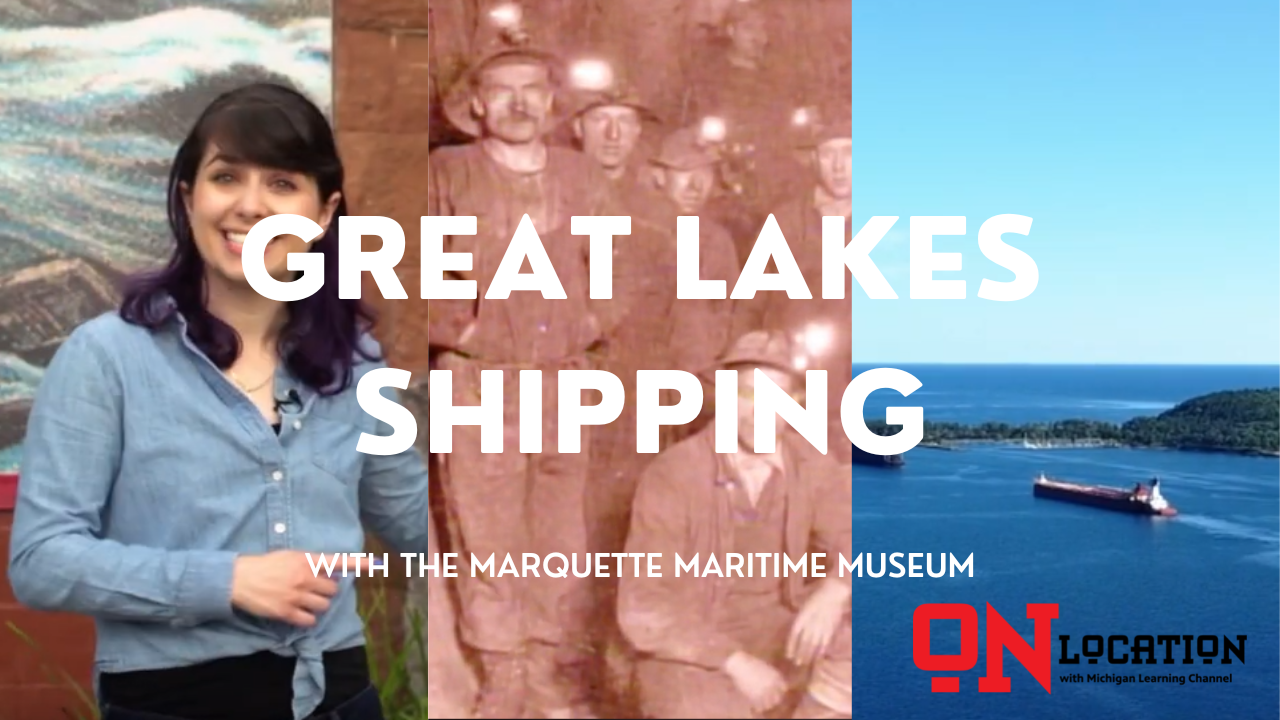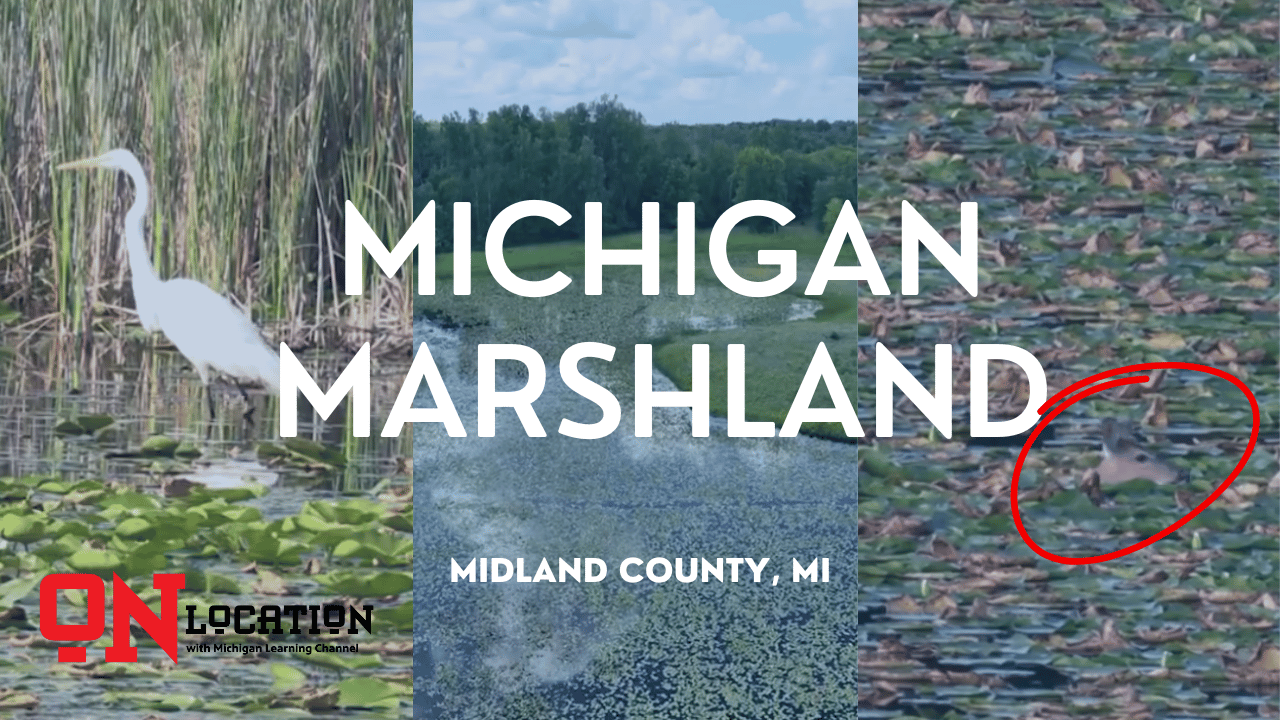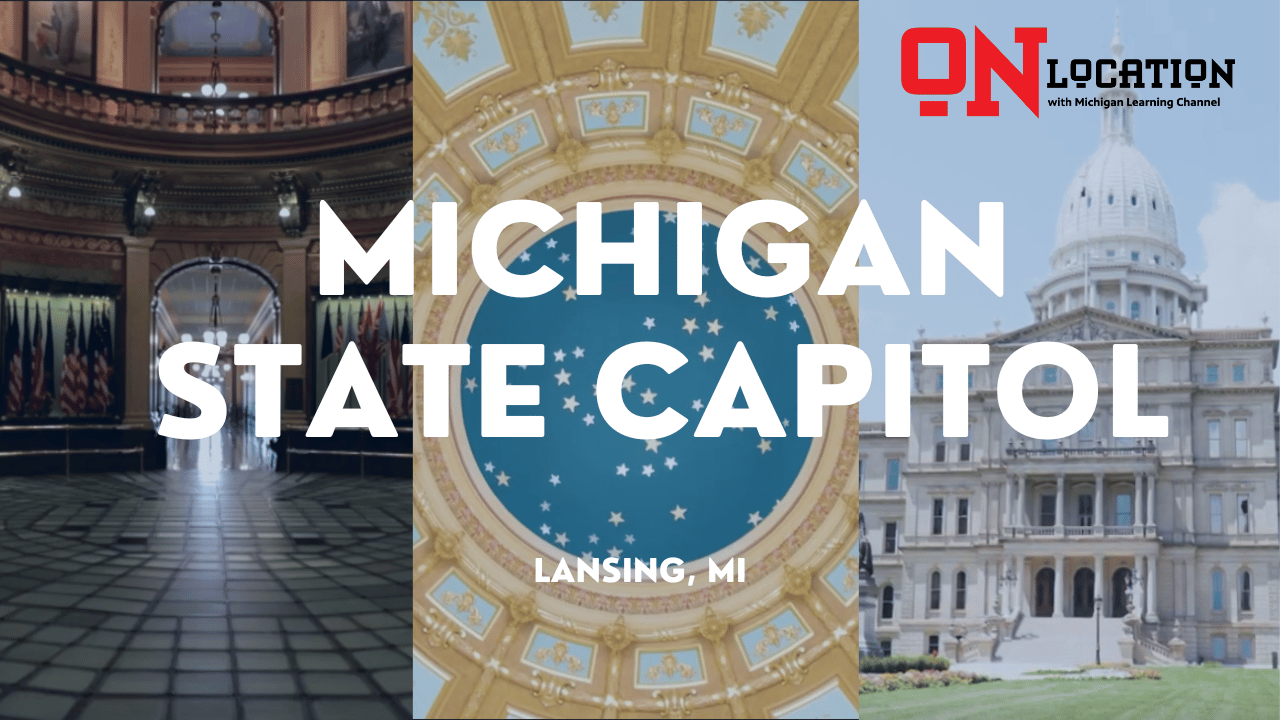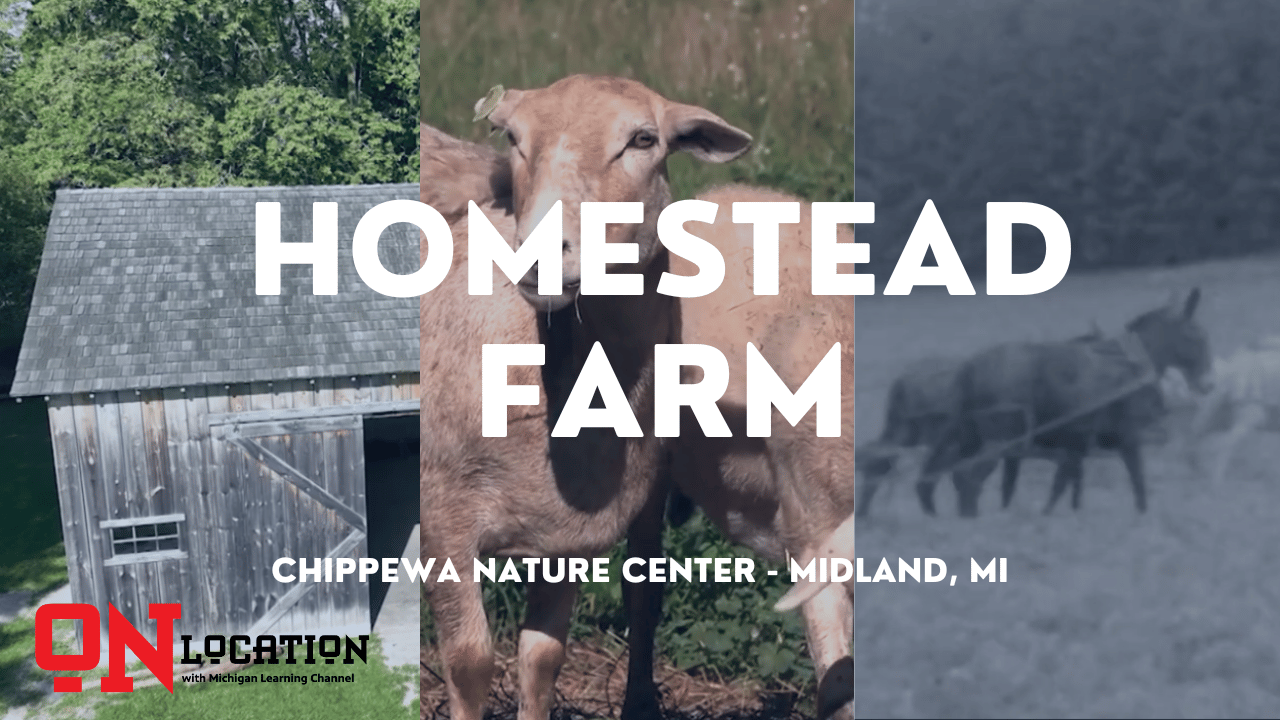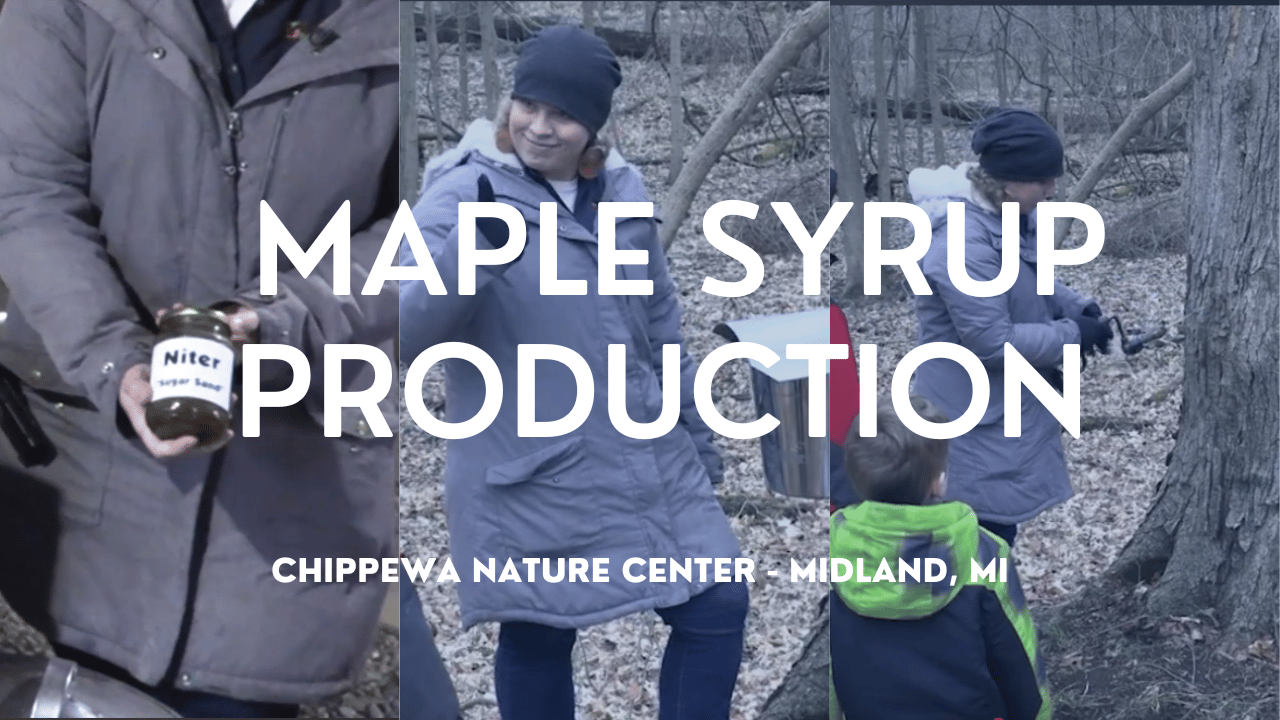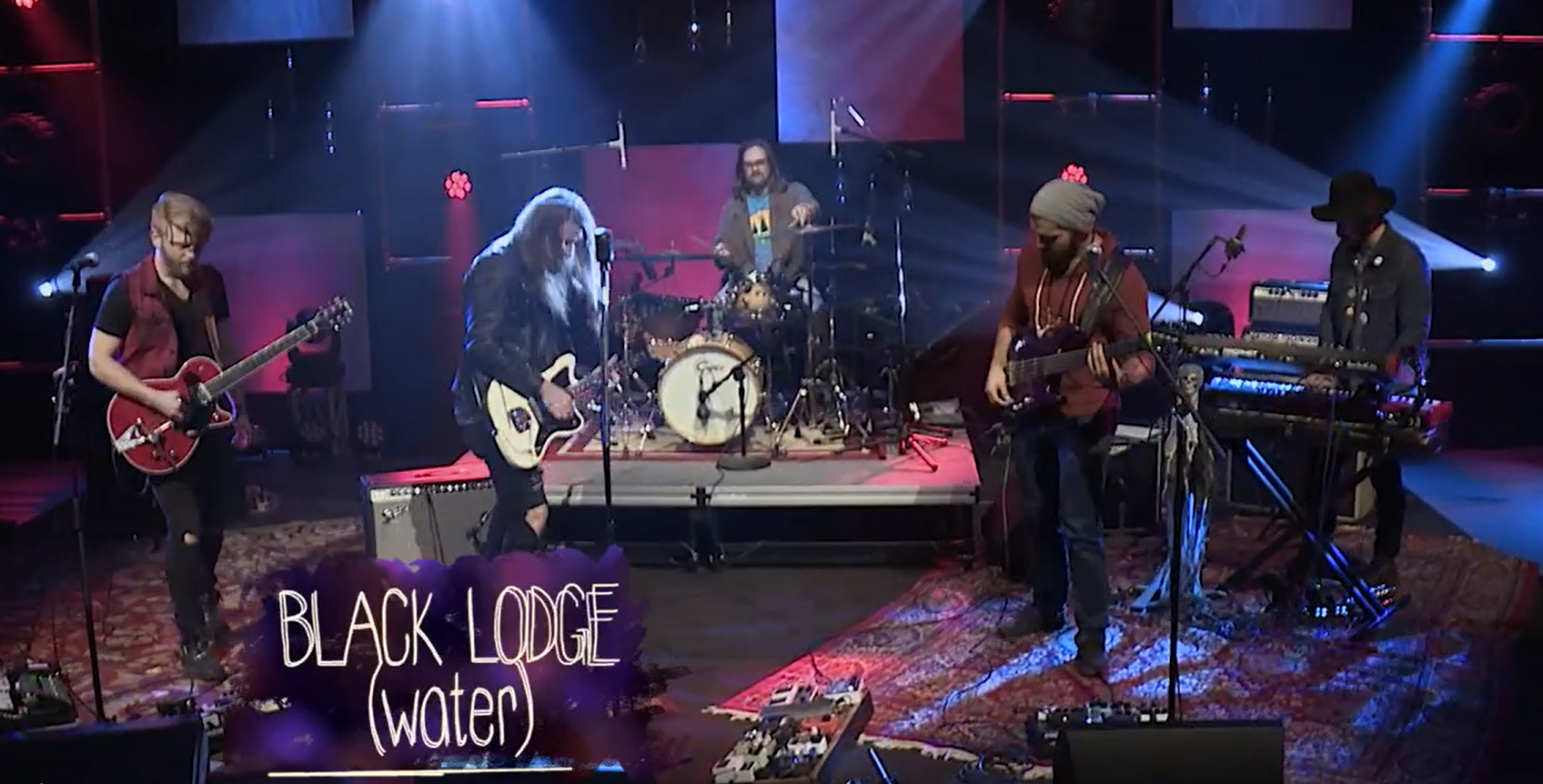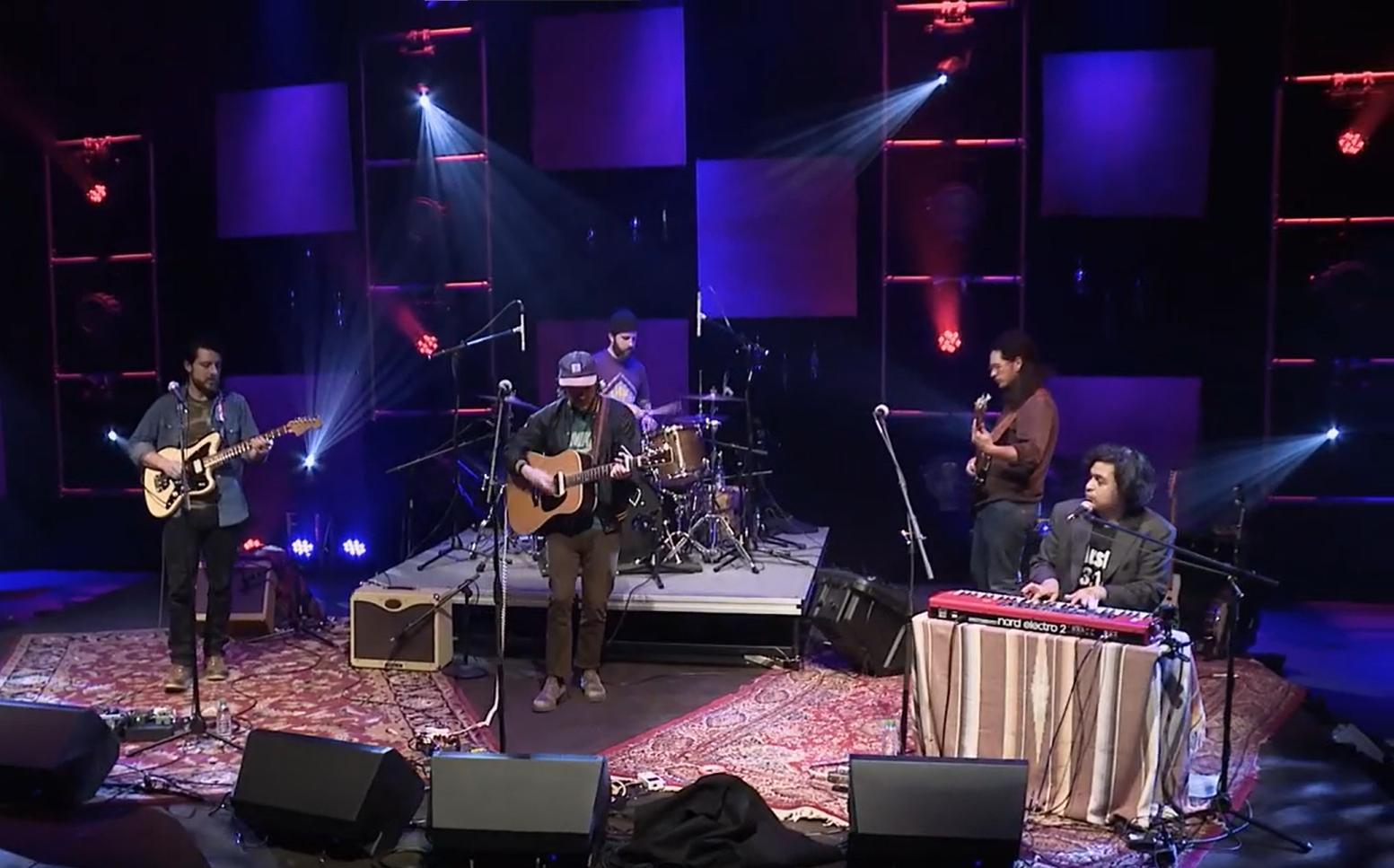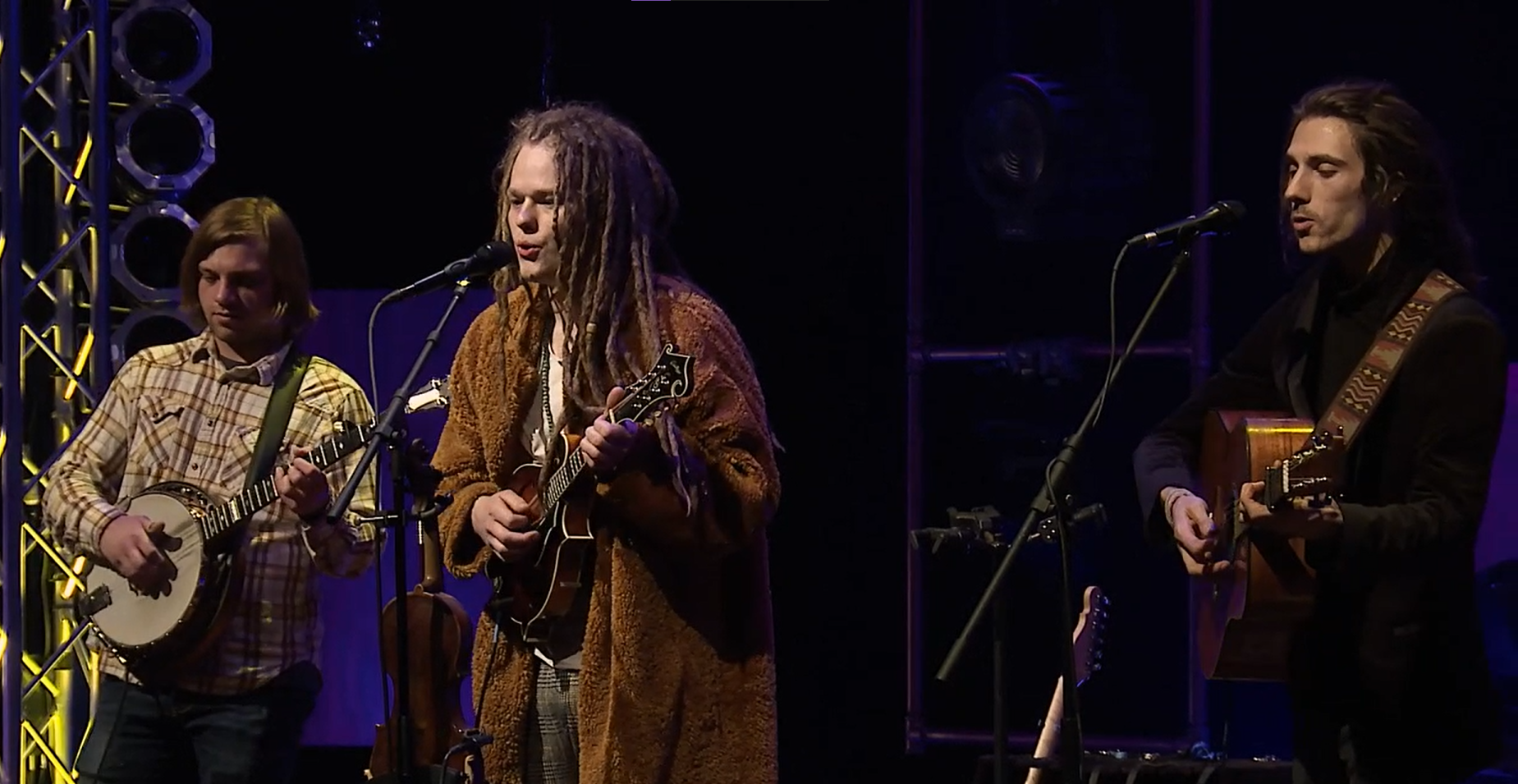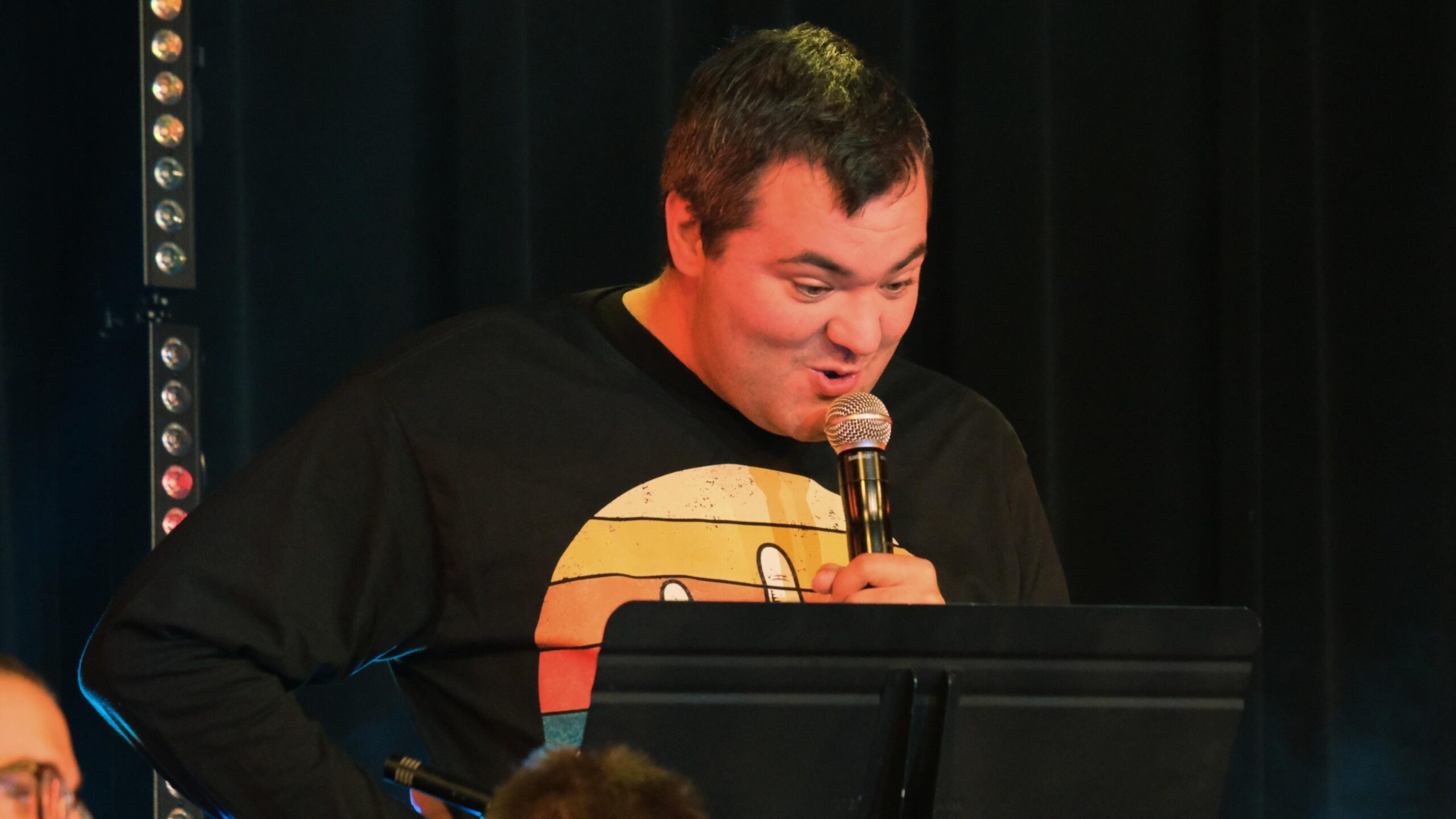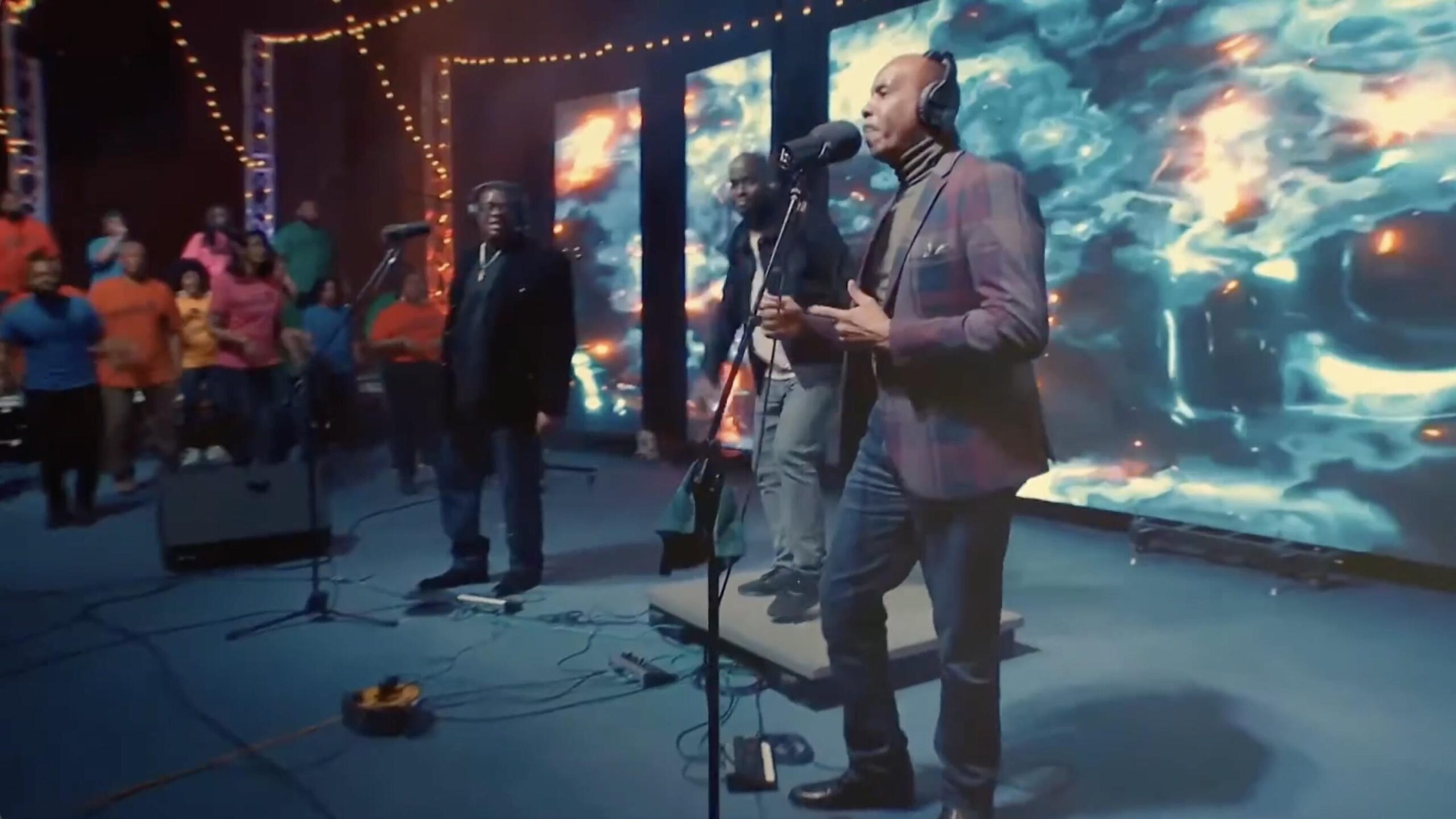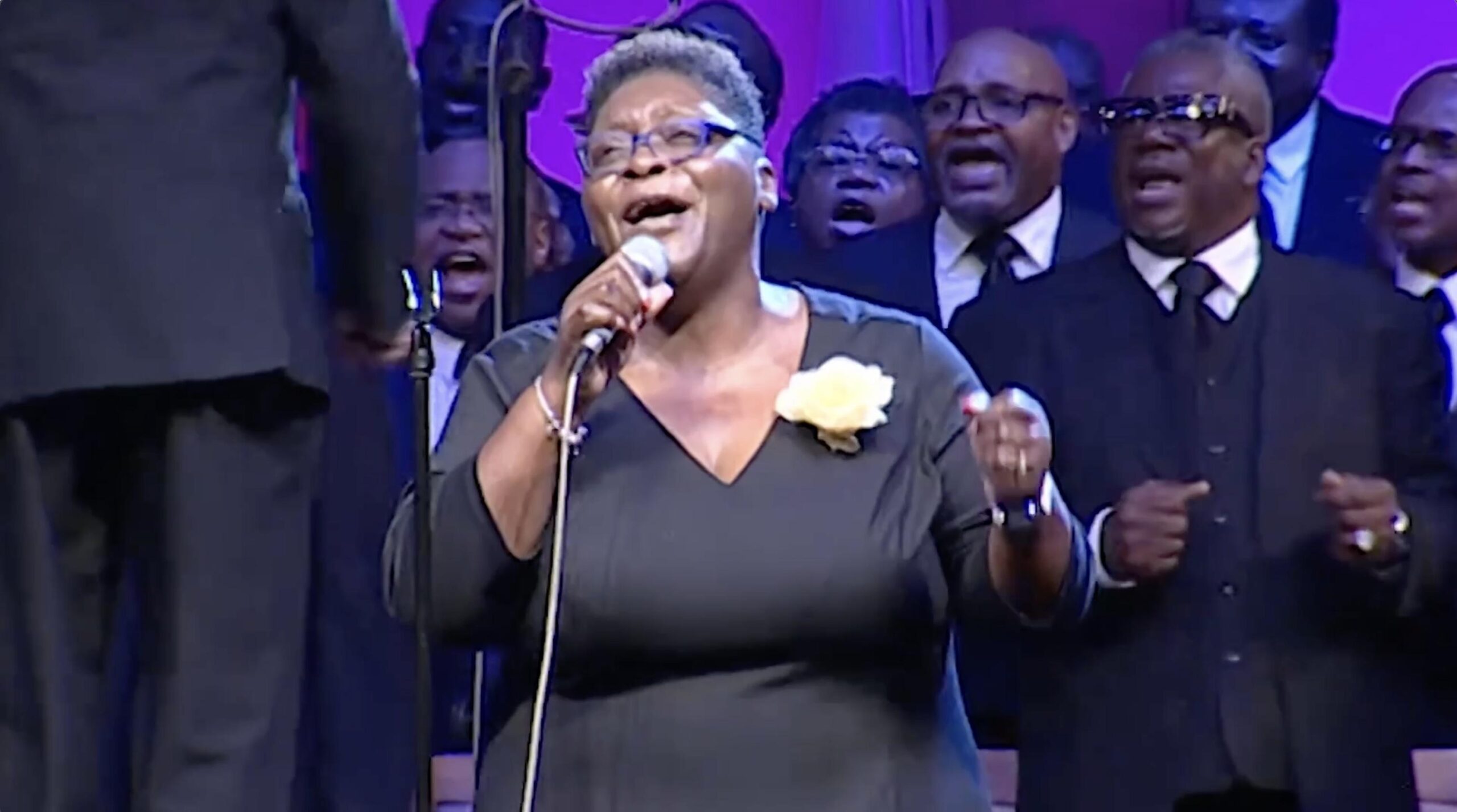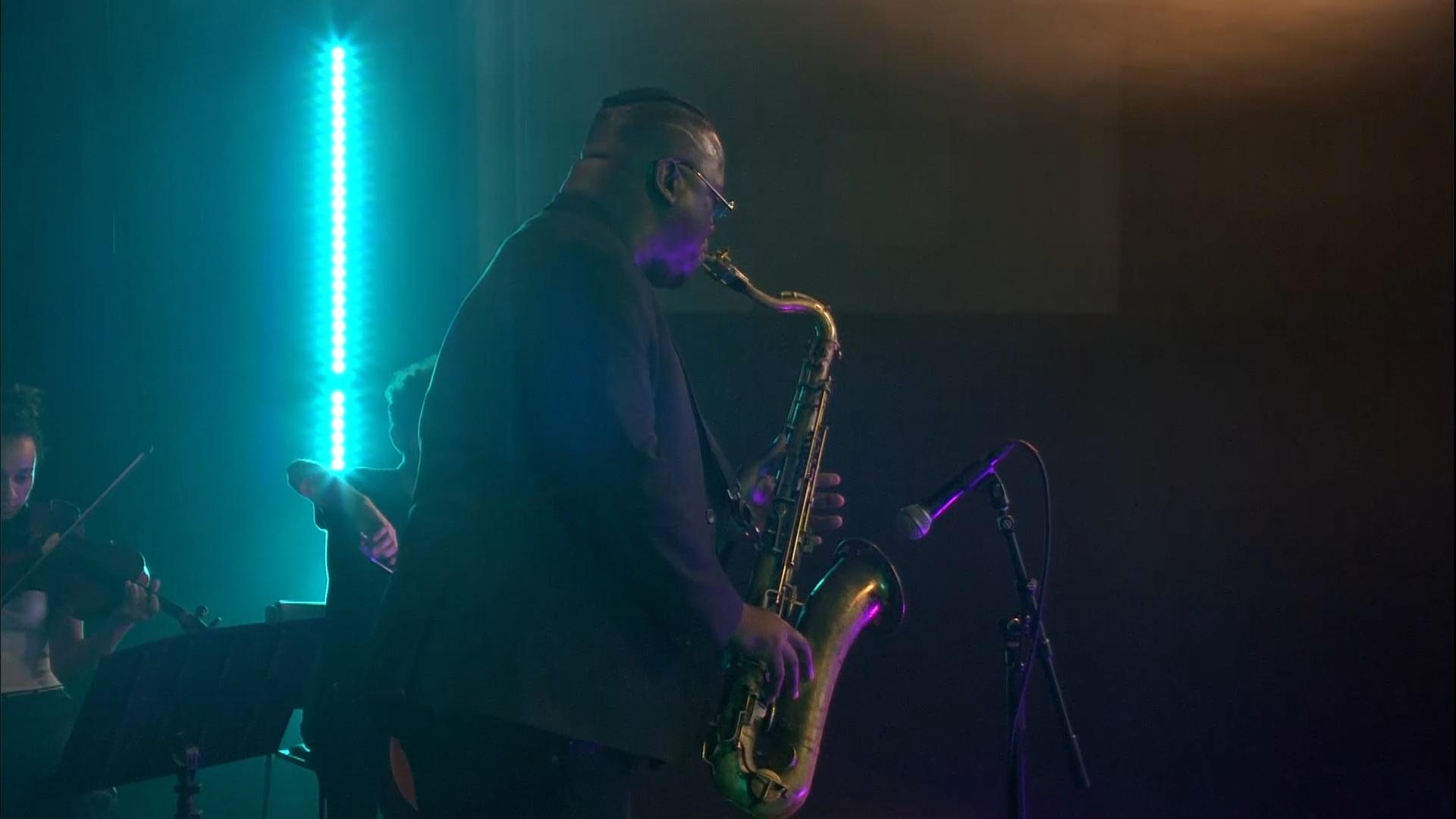Subjects
Shows
Join Michigan Learning Channel at a marsh wetland in Midland County and discover the rich biodiversity and ecological importance of [...]
Tour the historic Michigan State Capitol in Lansing with Capitol historian Valerie Marvin. Learn about Michigan's three capitol buildings, explore [...]
Step back in time with the Homestead Farm at Chippewa Nature Center in Midland, Michigan! Explore daily life on a [...]
Explore the sweet science behind maple syrup production at Chippewa Nature Center! This video walks students through the full process—from [...]
Go on a virtual field trip to Abrams Planetarium at Michigan State University and explore the wonders of space! Learn [...]
BackStage Pass features live studio and festival performances, with a look behind the scenes as artists reveal the inspiration [...]
Welcome to UMS Performance Playground! This collection is full of great resources about the performing arts for students in [...]
Detroit Performs, creates and inspires! 'Detroit Performs' encompasses ALL of Detroit PBS's Arts and Culture programming, but it is [...]
Lesson 801
Joshua Davis, Michigan-based singer/songwriter and 2016 finalist on NBC's The Voice, plays "Let Me In," "The Little Things," and more [...]
Lesson 801
Hip-hop artist Mama Sol, a native of Flint Mich., performs songs "Hard to Swallow" and "Thankful." Sol and her band, [...]
Lesson 803
The blues singer/songwriter from Kansas performs "Just Take It All" and more from the album, "Wolf Den." When you bring [...]
Lesson 804
Combining rock, jazz, and reggae, Off the Ledge performs original songs including “Clap O’ Thunder.” Then, folk trio Stella! brings [...]
Lesson 806
Etta James guitarist Bobby Murray pays tribute to the legendary blues singer at Michigan BluesFest. Murray performs her classic hits, [...]
Lesson 807
Hailing from Chicago, Low Down Brass combines funk, jazz, and hip-hop to create their unique sound. Low Down Brass performs [...]
Lesson 808
Grand Rapids natives The Crane Wives blend genres like folk, Americana, and rock to create an innovative sound. Recorded at [...]
Lesson 809
The trio from Traverse City, Mich., performs songs from their Sony Masterworks debut album, "Odyssey." When you bring Backstage Pass [...]
Lesson 901
Featuring Michigan rock band the Go Rounds, winner of the 2016 WYCE Jammie awards for 'most fun to watch' and [...]
Lesson 902
Luke Winslow-King, a classically trained blues/folk artist, won Best Blues Performer from Gambit Magazine and Best of New Orleans in [...]
Lesson 903
Mixing indie, pop, and Americana, the Harmaleighs give a unique vocal harmonizing performance. Impressing national and international crowds, their song, [...]
Lesson 905
Winner of the Muddy Award for Performance of the Year, Karen Lovely delivers a strong blues/Americana performance at the outdoor [...]
Lesson 904
After attending Berklee College of Music, childhood friends return to their native city of Detroit and produce music out of [...]
Lesson 906
World-renowned Lil' Ed & The Blues Imperials have been performing for nearly 30 years. Led by frontman Lil' Ed with [...]
Lesson 907
Based in Detroit, this guitar, bass, and drums trio revives the psychedelic rock of the 60s and delivers it to [...]
Lesson 908
With their blend of rock 'n' roll, blues, and punk, this duo continues to rock stages across the Midwest. Based [...]
Lesson 909
Singing powerhouse Jack & The Bones feature reality show musicians Taylor John Williams and Amelia Hammer Harris bringing a taste [...]
Lesson 910
From piñatas to sword battles on stage, Joe Hertler & The Rainbow Seekers are known for their infectiously fun show. [...]
Lesson 1001
Known for their indie-pop melodies, husband and wife Mike and Shannon Mains headline Mike Mains & The Branches. Their music [...]
Lesson 1002
Paddlebots represents the collective vision and music stylings of Kortez Buckner and Haruki Hakoyama. Born out of a series of [...]
Lesson 1003
Tishmal is a solo project of Rachel Brockbank, a San Diego native currently living in New York City. Tishmal means [...]
Lesson 1004
Founded in Detroit, Michigan, brothers Jack, Brady, and Beau Stablein created Brother Elsey with music that captures the spirit of [...]
Lesson 1005
Midwesterner Joshua Powell creates a style of psychedelic indie rock that blends with American folk music. His music has been [...]
Lesson 1006
Known for her electrifying live performances, blues powerhouse Eliza Neals has received many accolades, including the Detroit Black Music Award [...]
Lesson 1007
Based out of Portland, Oregon, the Harmed Brothers perform “indiegrass” music with Northern California folk artist Willy Tea Taylor. Songs [...]
Lesson 1008
llinois-based group The Way Down Wanderers features a unique blend of bluegrass, Americana, pop and indie-rock, crafted with fiddle, mandolin, [...]
Lesson 1009
One of West Michigan’s most sought-after acts, Outer Vibe features catchy pop and alternative rock music. Playing more than 100 [...]
Lesson 1010
As one of the most beloved artists of the Detroit music scene, Tunde Olaniran is not only a singer and [...]
Lesson 1301
FAR Therapeutic Arts and Recreation provides creative arts therapy for any age and any diagnosis for people with disabilities. Detroit [...]
Lesson 1302
Great Lakes Performing Artist Associates represents musicians in the Great Lakes region, giving the artists an opportunity to perform at [...]
Lesson 1303
Michelle May is a well-known name around the city of Detroit. She’s a musician, educator, counselor and coach. Plus, she [...]
Lesson 1304
In this episode of Detroit Performs: Live from Marygrove, techno is alive and well as Drummer B and Kevin Reynolds [...]
Lesson 1305
Michelle May is a well-known name around the city of Detroit. She’s a musician, educator, counselor and coach. Plus, she [...]
Lesson 1306
Poet, Author, Educator and Creative Curator Joel Fluent Greene electrifies the city with his words and social activism. He also [...]
Lesson 1308
Sande Rose from the Detroit Chapter of the Gospel Music Workshop of America brings three magnificent performances - Bishop Charles [...]
Lesson 1309
Sande Rose returns with Iris Taylor and the Gospel Workshop of America Detroit Chapter, Young Men 4 Christ, and the [...]
Lesson 1310
Jazz Singer and Preservation of Jazz founder, Sky Covington, curates and stars in this episode of Detroit Performs: Live From [...]
Lesson 1311
It’s a fantastic one woman show on this episode of Detroit Performs: Live From Marygrove as Detroit Free Press Arts [...]
Lesson 1312
Artist Ackeem Salmon made his Detroit Performs debut almost a decade ago. He’s back and sharing how far he’s come [...]
Lesson 1201
Jit Masters transports Jit, the upbeat dance style born in the ‘70s on the streets of Detroit, to the Marygrove [...]
Lesson 1202
Ryan Patrick Hooper turns his radio show “Culture Shift” into a live performance on the Marygrove stage as poet Jassmine [...]
Subjects
Shows
Join Michigan Learning Channel at a marsh wetland in Midland County and discover the rich biodiversity and ecological importance of [...]
Tour the historic Michigan State Capitol in Lansing with Capitol historian Valerie Marvin. Learn about Michigan's three capitol buildings, explore [...]
Step back in time with the Homestead Farm at Chippewa Nature Center in Midland, Michigan! Explore daily life on a [...]
Explore the sweet science behind maple syrup production at Chippewa Nature Center! This video walks students through the full process—from [...]
Go on a virtual field trip to Abrams Planetarium at Michigan State University and explore the wonders of space! Learn [...]
BackStage Pass features live studio and festival performances, with a look behind the scenes as artists reveal the inspiration [...]
Welcome to UMS Performance Playground! This collection is full of great resources about the performing arts for students in [...]
Detroit Performs, creates and inspires! 'Detroit Performs' encompasses ALL of Detroit PBS's Arts and Culture programming, but it is [...]
Lesson 801
Joshua Davis, Michigan-based singer/songwriter and 2016 finalist on NBC's The Voice, plays "Let Me In," "The Little Things," and more [...]
Lesson 801
Hip-hop artist Mama Sol, a native of Flint Mich., performs songs "Hard to Swallow" and "Thankful." Sol and her band, [...]
Lesson 803
The blues singer/songwriter from Kansas performs "Just Take It All" and more from the album, "Wolf Den." When you bring [...]
Lesson 804
Combining rock, jazz, and reggae, Off the Ledge performs original songs including “Clap O’ Thunder.” Then, folk trio Stella! brings [...]
Lesson 806
Etta James guitarist Bobby Murray pays tribute to the legendary blues singer at Michigan BluesFest. Murray performs her classic hits, [...]
Lesson 807
Hailing from Chicago, Low Down Brass combines funk, jazz, and hip-hop to create their unique sound. Low Down Brass performs [...]
Lesson 808
Grand Rapids natives The Crane Wives blend genres like folk, Americana, and rock to create an innovative sound. Recorded at [...]
Lesson 809
The trio from Traverse City, Mich., performs songs from their Sony Masterworks debut album, "Odyssey." When you bring Backstage Pass [...]
Lesson 901
Featuring Michigan rock band the Go Rounds, winner of the 2016 WYCE Jammie awards for 'most fun to watch' and [...]
Lesson 902
Luke Winslow-King, a classically trained blues/folk artist, won Best Blues Performer from Gambit Magazine and Best of New Orleans in [...]
Lesson 903
Mixing indie, pop, and Americana, the Harmaleighs give a unique vocal harmonizing performance. Impressing national and international crowds, their song, [...]
Lesson 905
Winner of the Muddy Award for Performance of the Year, Karen Lovely delivers a strong blues/Americana performance at the outdoor [...]
Lesson 904
After attending Berklee College of Music, childhood friends return to their native city of Detroit and produce music out of [...]
Lesson 906
World-renowned Lil' Ed & The Blues Imperials have been performing for nearly 30 years. Led by frontman Lil' Ed with [...]
Lesson 907
Based in Detroit, this guitar, bass, and drums trio revives the psychedelic rock of the 60s and delivers it to [...]
Lesson 908
With their blend of rock 'n' roll, blues, and punk, this duo continues to rock stages across the Midwest. Based [...]
Lesson 909
Singing powerhouse Jack & The Bones feature reality show musicians Taylor John Williams and Amelia Hammer Harris bringing a taste [...]
Lesson 910
From piñatas to sword battles on stage, Joe Hertler & The Rainbow Seekers are known for their infectiously fun show. [...]
Lesson 1001
Known for their indie-pop melodies, husband and wife Mike and Shannon Mains headline Mike Mains & The Branches. Their music [...]
Lesson 1002
Paddlebots represents the collective vision and music stylings of Kortez Buckner and Haruki Hakoyama. Born out of a series of [...]
Lesson 1003
Tishmal is a solo project of Rachel Brockbank, a San Diego native currently living in New York City. Tishmal means [...]
Lesson 1004
Founded in Detroit, Michigan, brothers Jack, Brady, and Beau Stablein created Brother Elsey with music that captures the spirit of [...]
Lesson 1005
Midwesterner Joshua Powell creates a style of psychedelic indie rock that blends with American folk music. His music has been [...]
Lesson 1006
Known for her electrifying live performances, blues powerhouse Eliza Neals has received many accolades, including the Detroit Black Music Award [...]
Lesson 1007
Based out of Portland, Oregon, the Harmed Brothers perform “indiegrass” music with Northern California folk artist Willy Tea Taylor. Songs [...]
Lesson 1008
llinois-based group The Way Down Wanderers features a unique blend of bluegrass, Americana, pop and indie-rock, crafted with fiddle, mandolin, [...]
Lesson 1009
One of West Michigan’s most sought-after acts, Outer Vibe features catchy pop and alternative rock music. Playing more than 100 [...]
Lesson 1010
As one of the most beloved artists of the Detroit music scene, Tunde Olaniran is not only a singer and [...]
Lesson 1301
FAR Therapeutic Arts and Recreation provides creative arts therapy for any age and any diagnosis for people with disabilities. Detroit [...]
Lesson 1302
Great Lakes Performing Artist Associates represents musicians in the Great Lakes region, giving the artists an opportunity to perform at [...]
Lesson 1303
Michelle May is a well-known name around the city of Detroit. She’s a musician, educator, counselor and coach. Plus, she [...]
Lesson 1304
In this episode of Detroit Performs: Live from Marygrove, techno is alive and well as Drummer B and Kevin Reynolds [...]
Lesson 1305
Michelle May is a well-known name around the city of Detroit. She’s a musician, educator, counselor and coach. Plus, she [...]
Lesson 1306
Poet, Author, Educator and Creative Curator Joel Fluent Greene electrifies the city with his words and social activism. He also [...]
Lesson 1308
Sande Rose from the Detroit Chapter of the Gospel Music Workshop of America brings three magnificent performances - Bishop Charles [...]
Lesson 1309
Sande Rose returns with Iris Taylor and the Gospel Workshop of America Detroit Chapter, Young Men 4 Christ, and the [...]
Lesson 1310
Jazz Singer and Preservation of Jazz founder, Sky Covington, curates and stars in this episode of Detroit Performs: Live From [...]
Lesson 1311
It’s a fantastic one woman show on this episode of Detroit Performs: Live From Marygrove as Detroit Free Press Arts [...]
Lesson 1312
Artist Ackeem Salmon made his Detroit Performs debut almost a decade ago. He’s back and sharing how far he’s come [...]
Lesson 1201
Jit Masters transports Jit, the upbeat dance style born in the ‘70s on the streets of Detroit, to the Marygrove [...]
Lesson 1202
Ryan Patrick Hooper turns his radio show “Culture Shift” into a live performance on the Marygrove stage as poet Jassmine [...]

